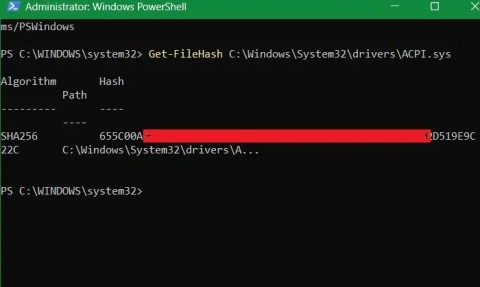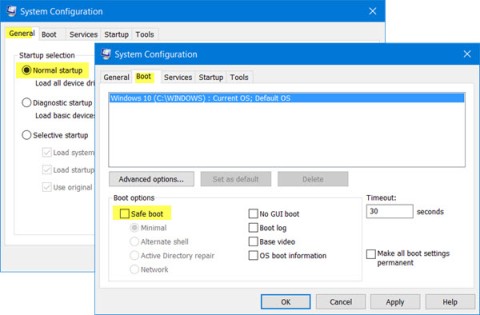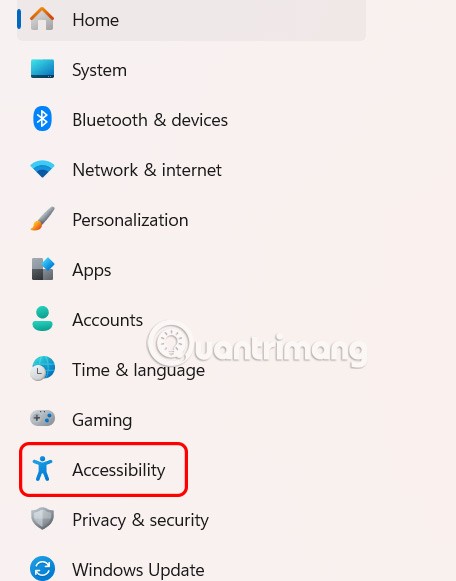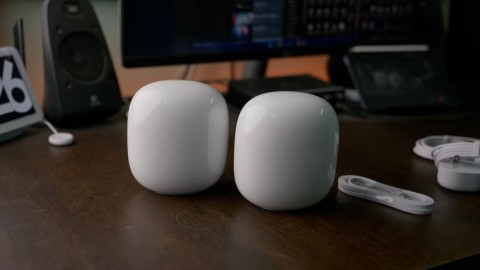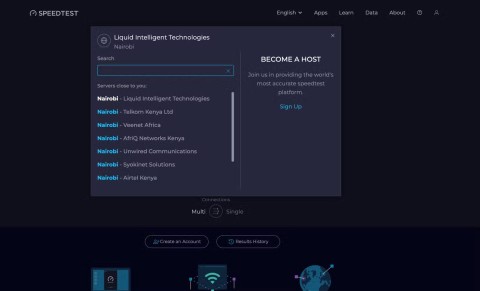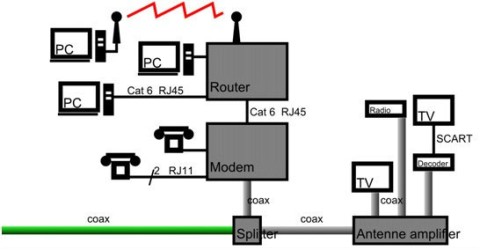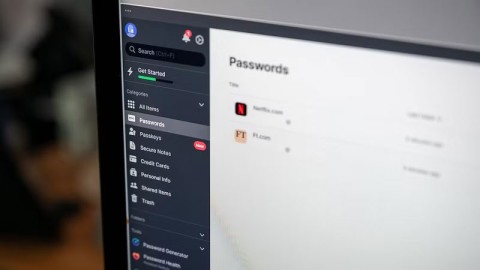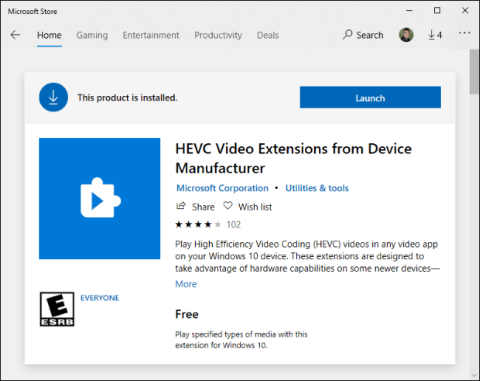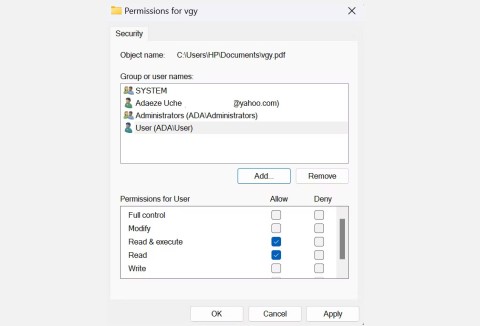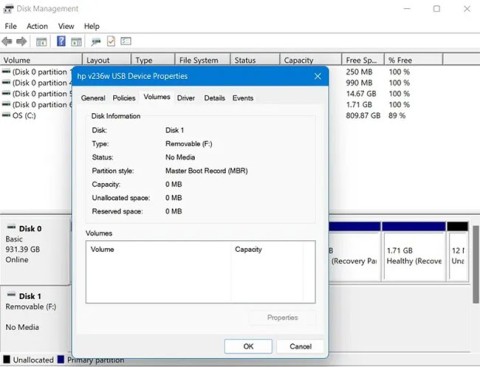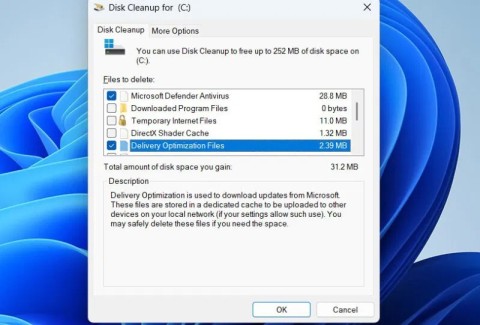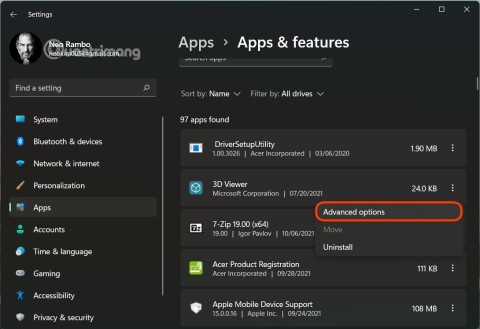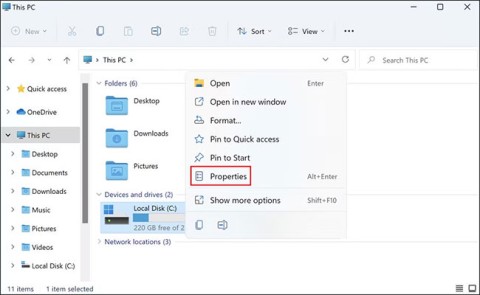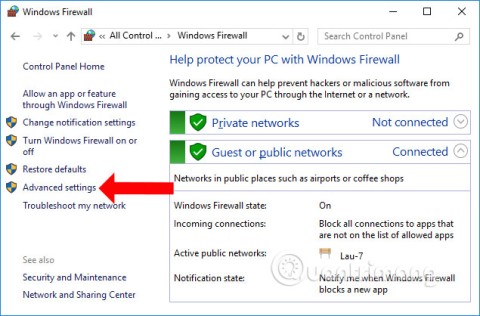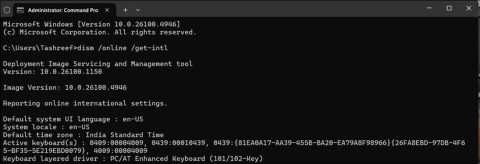If Hyper-V is hindering your work, get rid of it on Windows 11 with these simple tips.
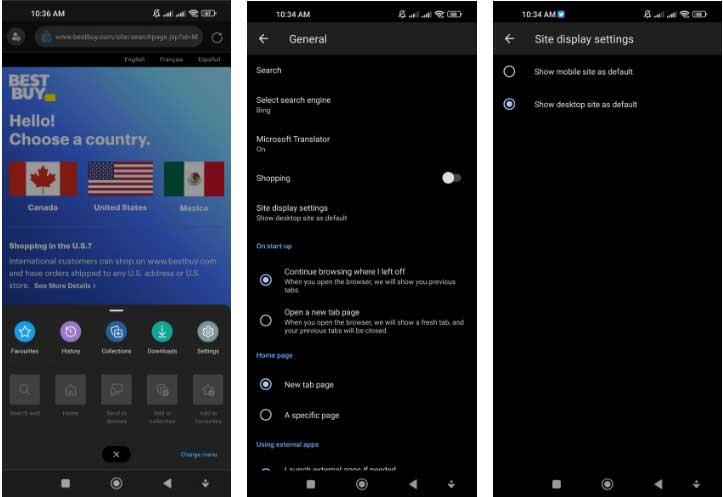
Hyper-V comes pre-installed on Windows 11 computers . Although the virtualization tool is not available in the Home edition, you can install it using a batch script.
Unfortunately, Hyper-V can conflict with 3rd party applications on your PC. As a result, you may encounter a Hyper-V detection error when trying to open an application, game, or hardware tuning tool.
Luckily, you can disable or remove Hyper-V in Windows 11 with the help of Windows Features, Command Prompt, and PowerShell.
How to check if Hyper-V is running on Windows 11
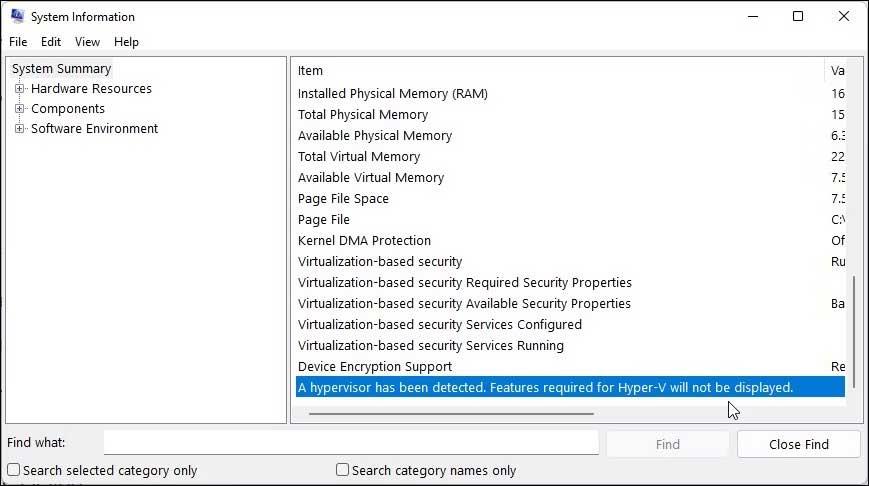
You can access the System Information app to determine if Hyper-V virtualization is running on the system. This is useful if you need to verify the status of Hyper-V after shutting it down.
To check the current Hyper-V status on the computer:
1. Press Win + R to open Run.
2. Type msinfo32.exe and click OK to open the application.
3. Next check if the following is available at the bottom of the details tab:
A hypervisor has been detected. Features required for Hyper-V will not be displayed.
If so, you will need to disable Hyper-V, Memory Integrity, and Credential Guard.
How to disable Hyper-V via Windows Features
Windows Features allows you to add additional features that are disabled by default in Windows 11. You can also use it to disable some advanced features, including Hyper-V.
Note that to fix Hyper-V detection, you need to disable the virtual machine platform and Windows Hypervisor Platform.
To disable Hyper-V using Windows Features :
1. Press Win + R to open the Run dialog box .
2. Type control and click OK to open Control Panel .
3. In Control Panel , click Programs .
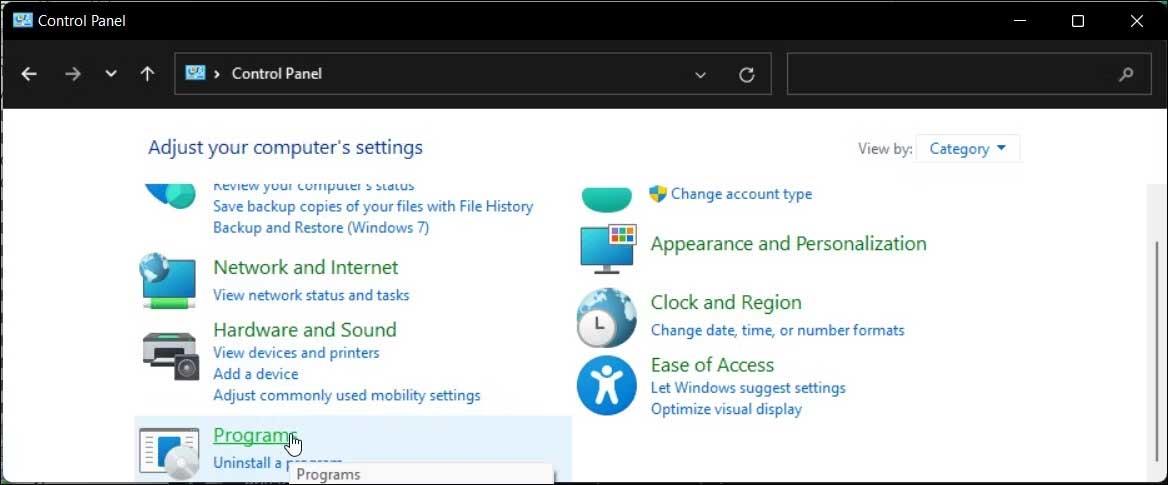
4. Next, click Programs and Features .
5. In the left panel, click Turn Windows features on or off .
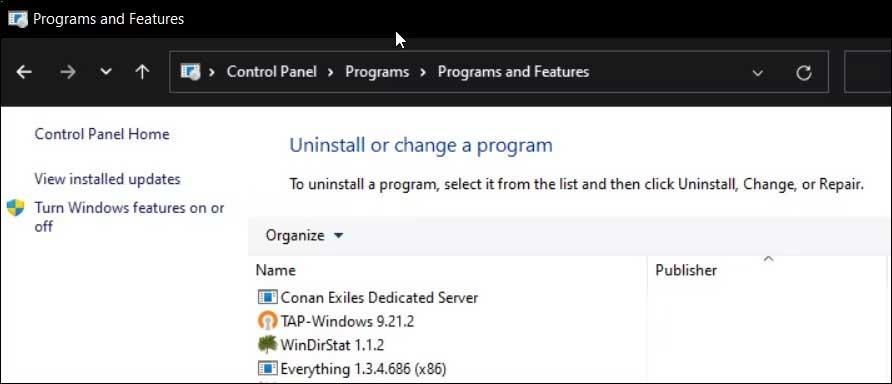
6. In the Windows Features dialog box , find Hyper-V .
7. Uncheck Hyper-V to turn off this feature.
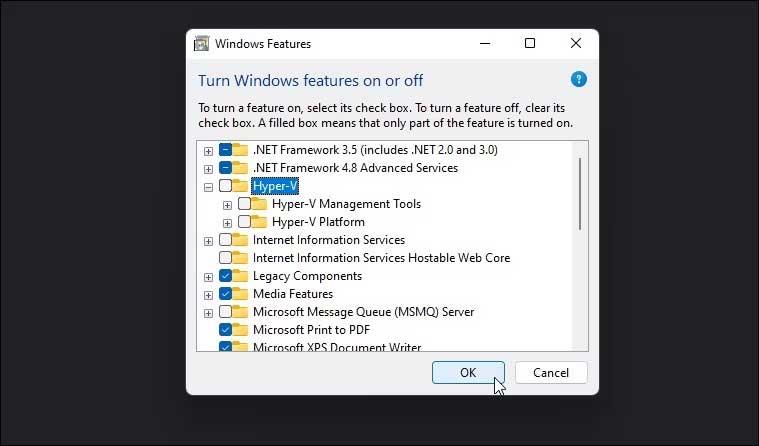
8. Next, scroll down and find Virtual Machine Platform and Windows Hypervisor Platform options .
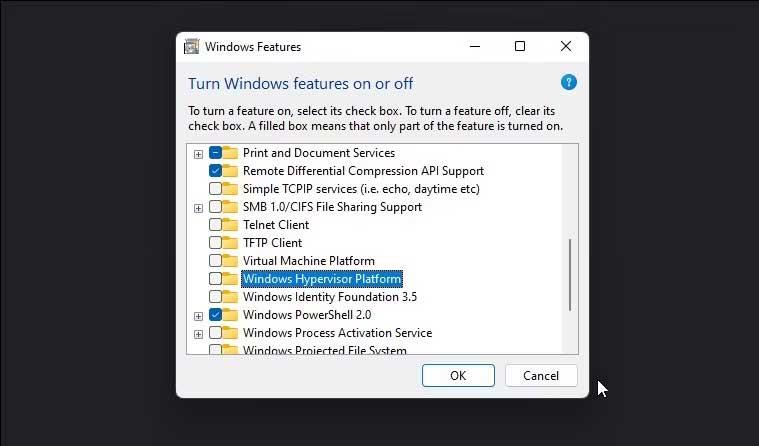
9. Uncheck both options and click OK .
10. Windows will uninstall Hyper-V and other features from your system.
11. Then, restart your PC to apply the changes.
How to disable Hyper-V using BCDEDIT

You can disable Hyper-V in the boot configuration using the BCDEdit tool. It's useful when you just want to deactivate Hyper-V and not completely uninstall it.
To disable Hyper-V using BCDEdit:
1. Press the Win key and type cmd .
2. Right-click on Command Prompt and select Run as administrator .
3. In the Command Prompt window, enter the following command and press Enter:
bcdedit /set hypervisorlaunchtype off
4. When the success message appears, close Command Prompt and restart your PC to apply the changes.
5. If you need to re-enable Hyper-V, use the following command:
bcdedit /set hypervisorlaunchtype auto
6. Restart your PC to apply these changes.
How to uninstall Hyper-V using Command Prompt
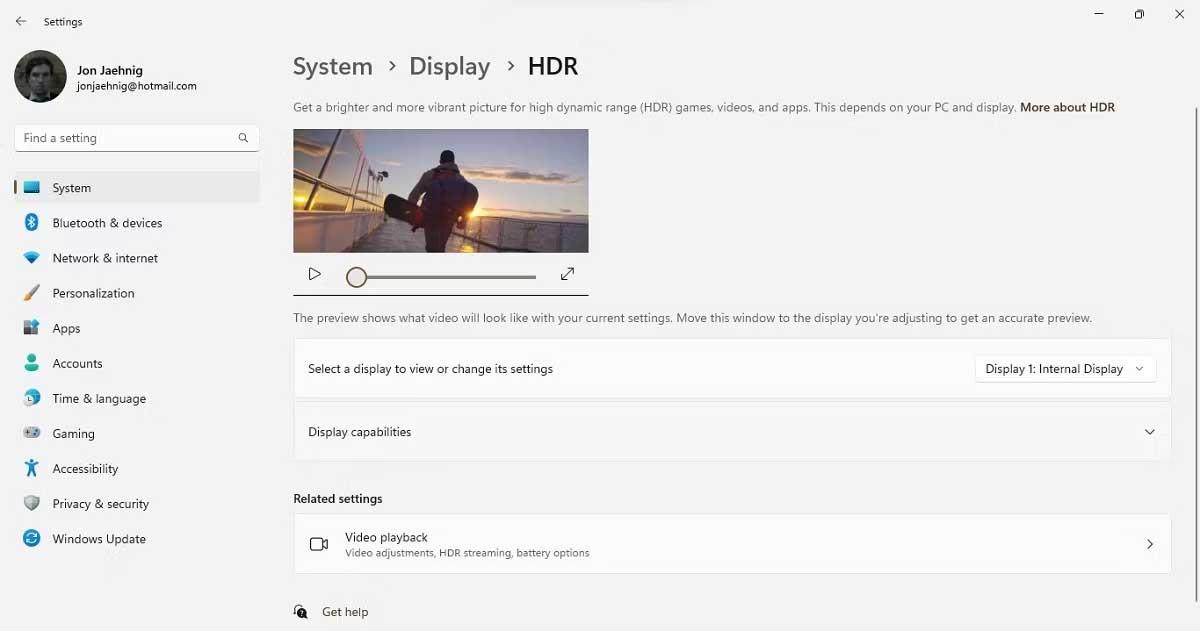
If Windows Features fails to remove Hyper-V, you can use Command Prompt to disable it. Proceed as follows:
1. Open Command Prompt with admin rights.
2. In the Command Prompt window , enter the following command and press Enter :
dism /online /disable-feature /featurename:Microsoft-hyper-v-all
3. The DISM tool will shut down Hyper-V and notify you that the operation completed successfully.
4. Type exit to close Command Prompt and restart your PC.
After rebooting, you can run games and other hypervisors without errors.
If not, open Windows Features, turn off Virtual Machine Platform and Windows Hypervisor Platform, and then restart your PC.
How to disable Hyper-V using PowerShell
If you like PowerShell, you can use WindowsOptionalFeature to disable Hyper-V in Windows 11. To do this, you need to open PowerShell with admin rights and execute the command. Here's how this works:
1. Press the Win key and type powershell .
2. Right-click PowerShell and select Run as administrator .
3. Click Yes when prompted by User Account Control .
4. In the PowerShell window, copy and paste the command below and press Enter :
Disable-WindowsOptionalFeature -Online -FeatureName Microsoft-Hyper-V-All
Wait for this process to complete. Then, close PowerShell and restart your PC to apply the changes.
How to uninstall Hyper-Virtual Network Adapter
Usually during reboot, after uninstalling Hyper-V, you may encounter the message "We couldn't complete the updates, undoing changes".
To resolve this issue, ensure the Hyper-V virtual network regulator has been removed from the PC. Follow these steps:
- Press Win + R to open Run.
- Type dvmgmt.msc and click OK to open Device Manager.
- In Device Manager, expand the Network Adapters section to find Hyper-V Virtual network adapters .
- If no adapters associated with Hyper-V are listed, click View and select Show hidden devices .
- Right-click Hyper-V Virtual Ethernet Adapter and select Uninstall device .
- Click Uninstall to confirm action.
- Repeat the steps to remove all network adapters associated with Hyper-V.
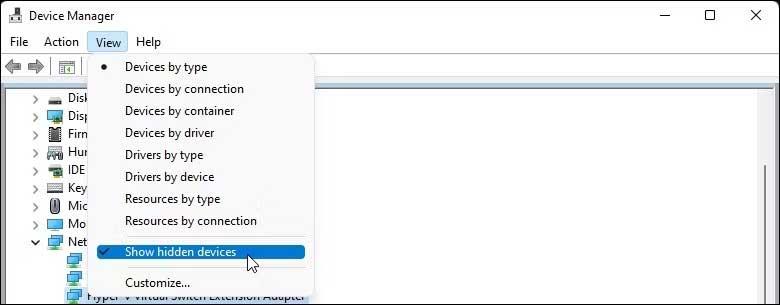
Once completed, close Device Manager and restart your PC. Next, uninstall Hyper-V and check for any changes on the system.
Above is how to turn off Hyper-V on Windows 11 . Hope the article is useful to you.
